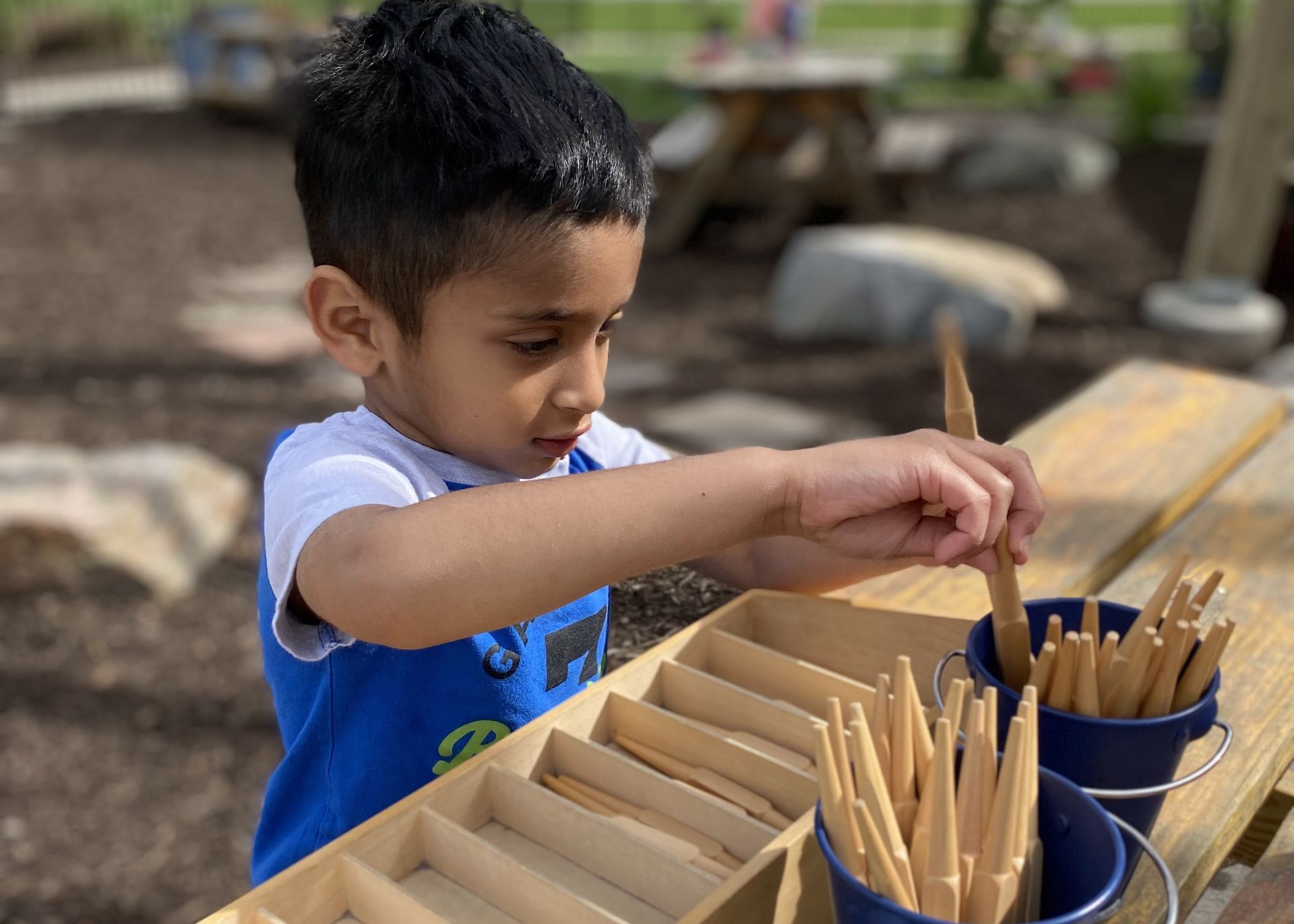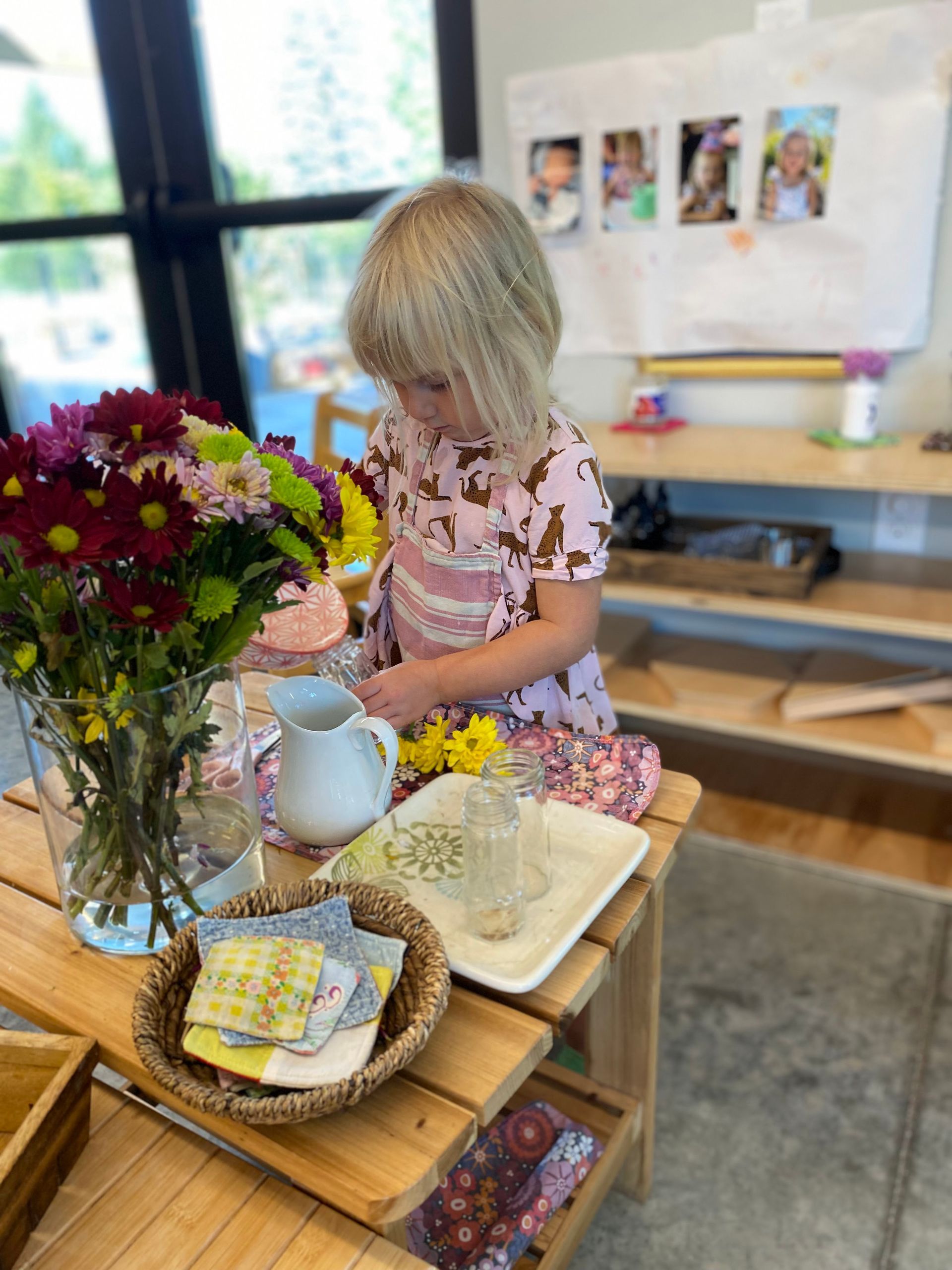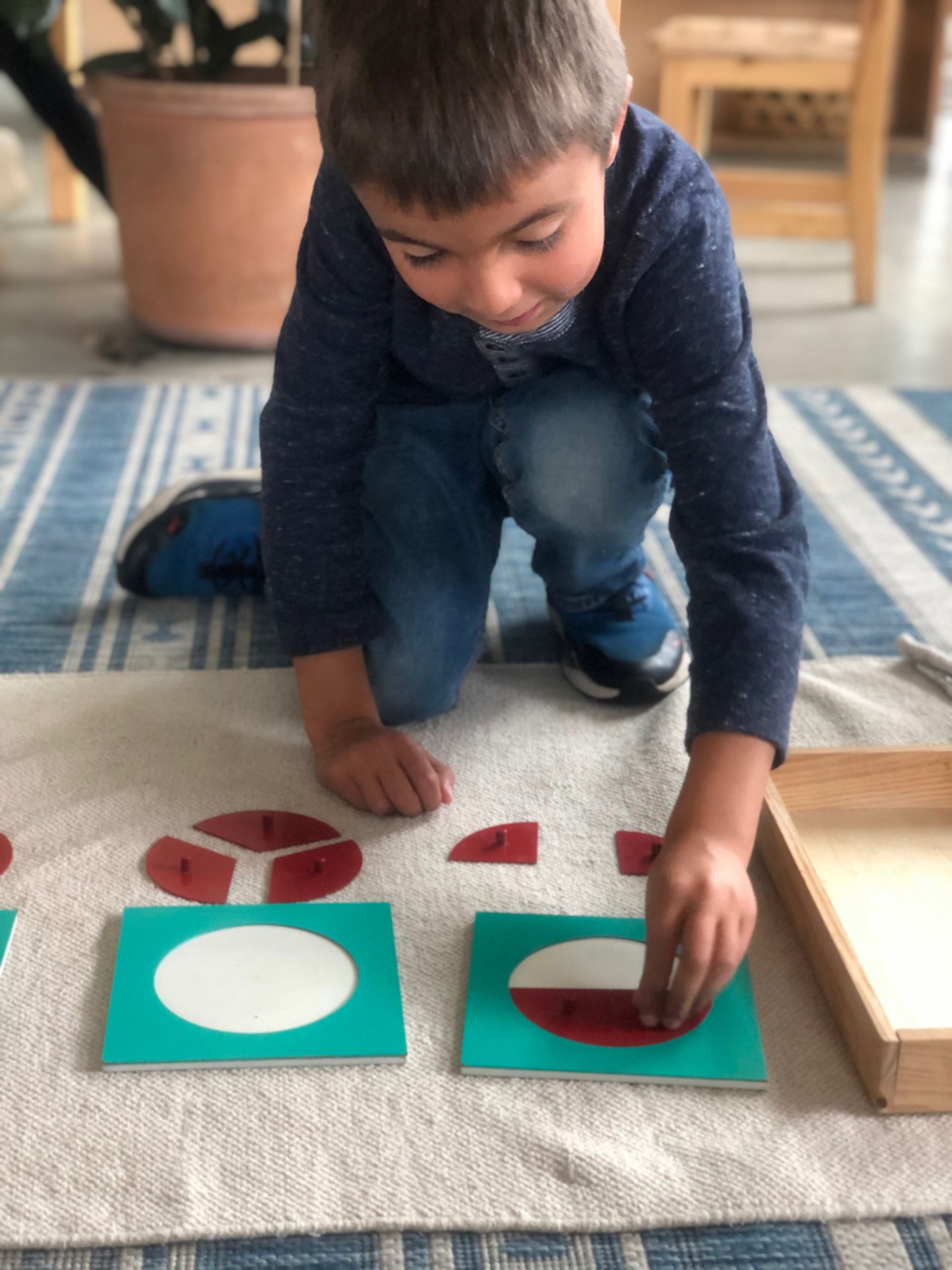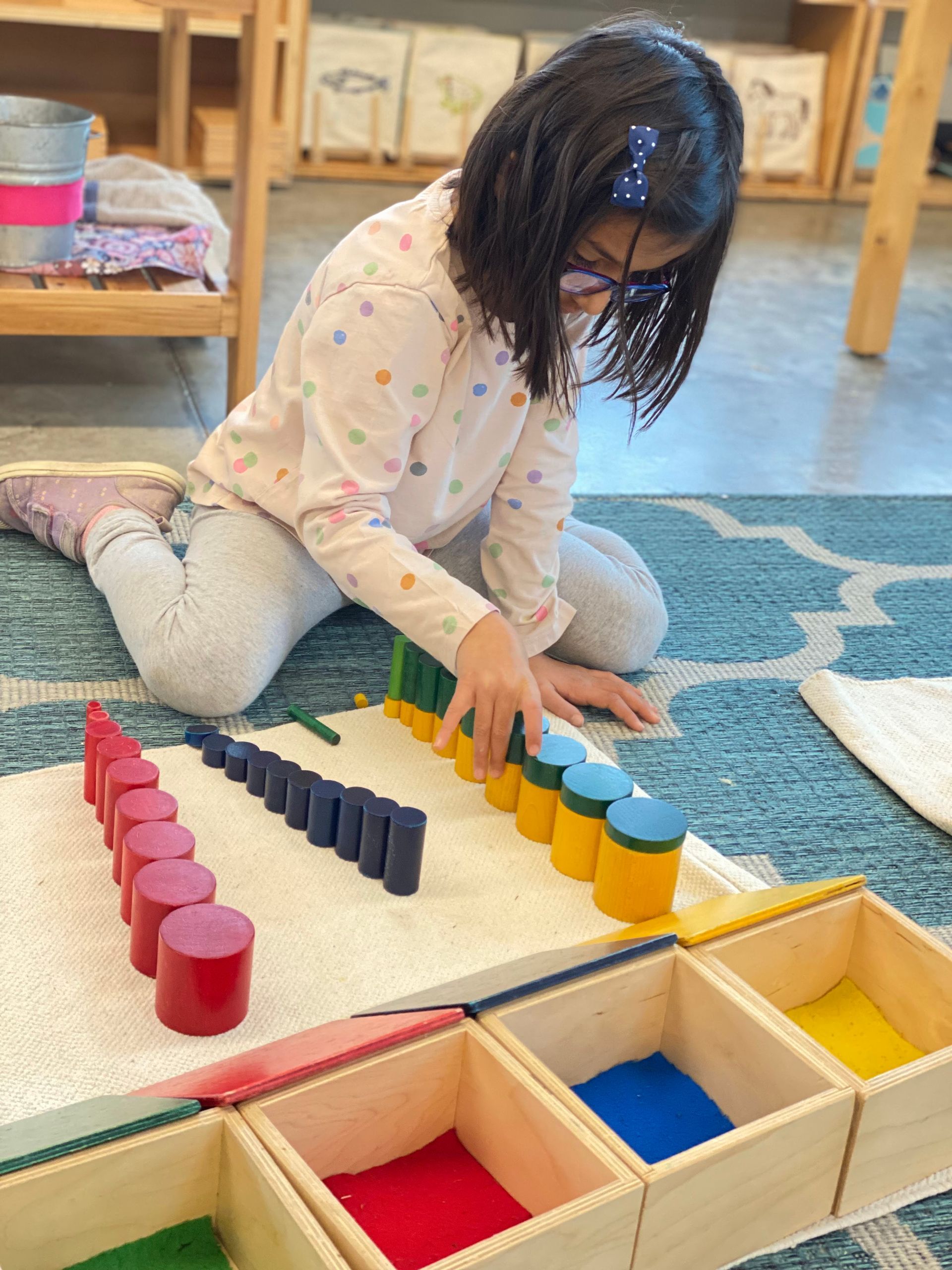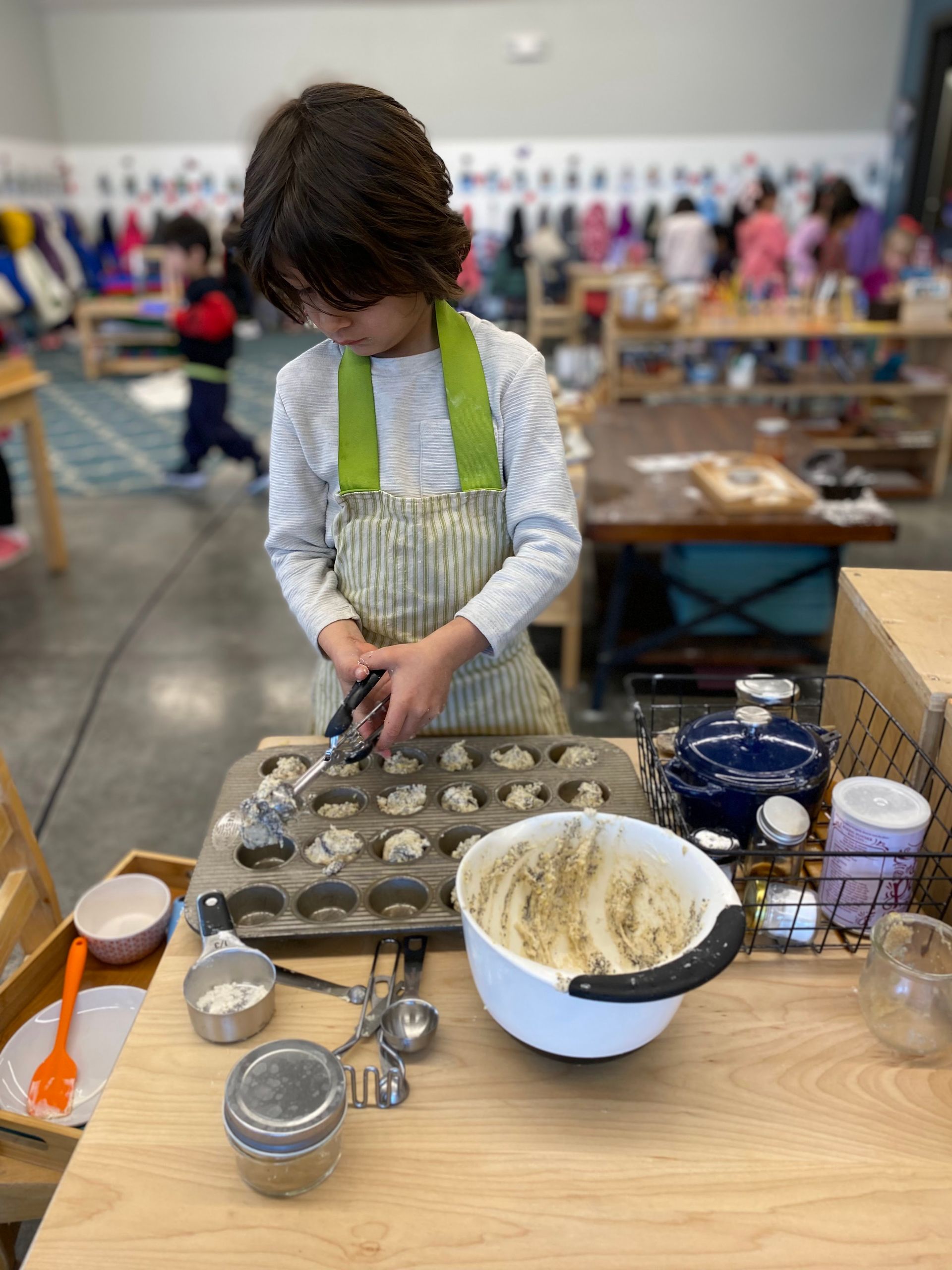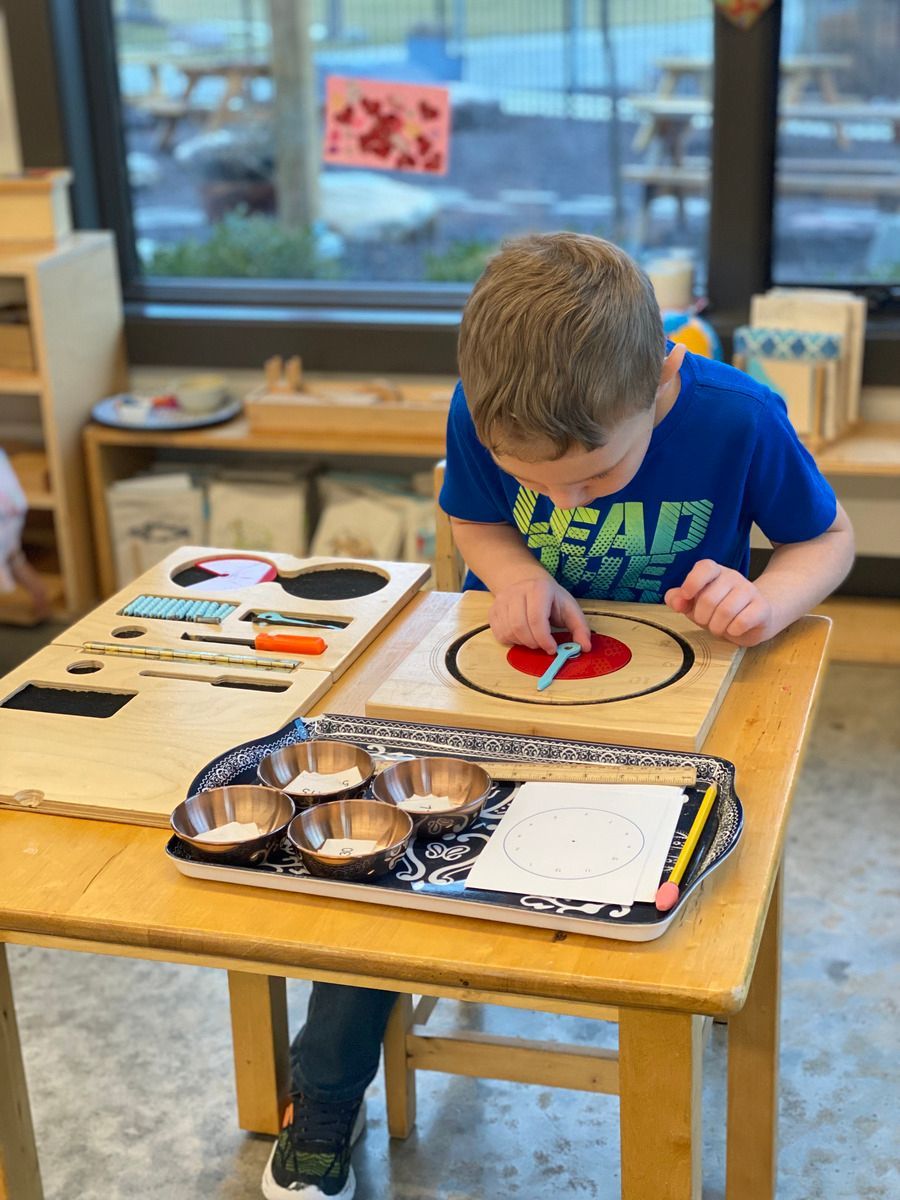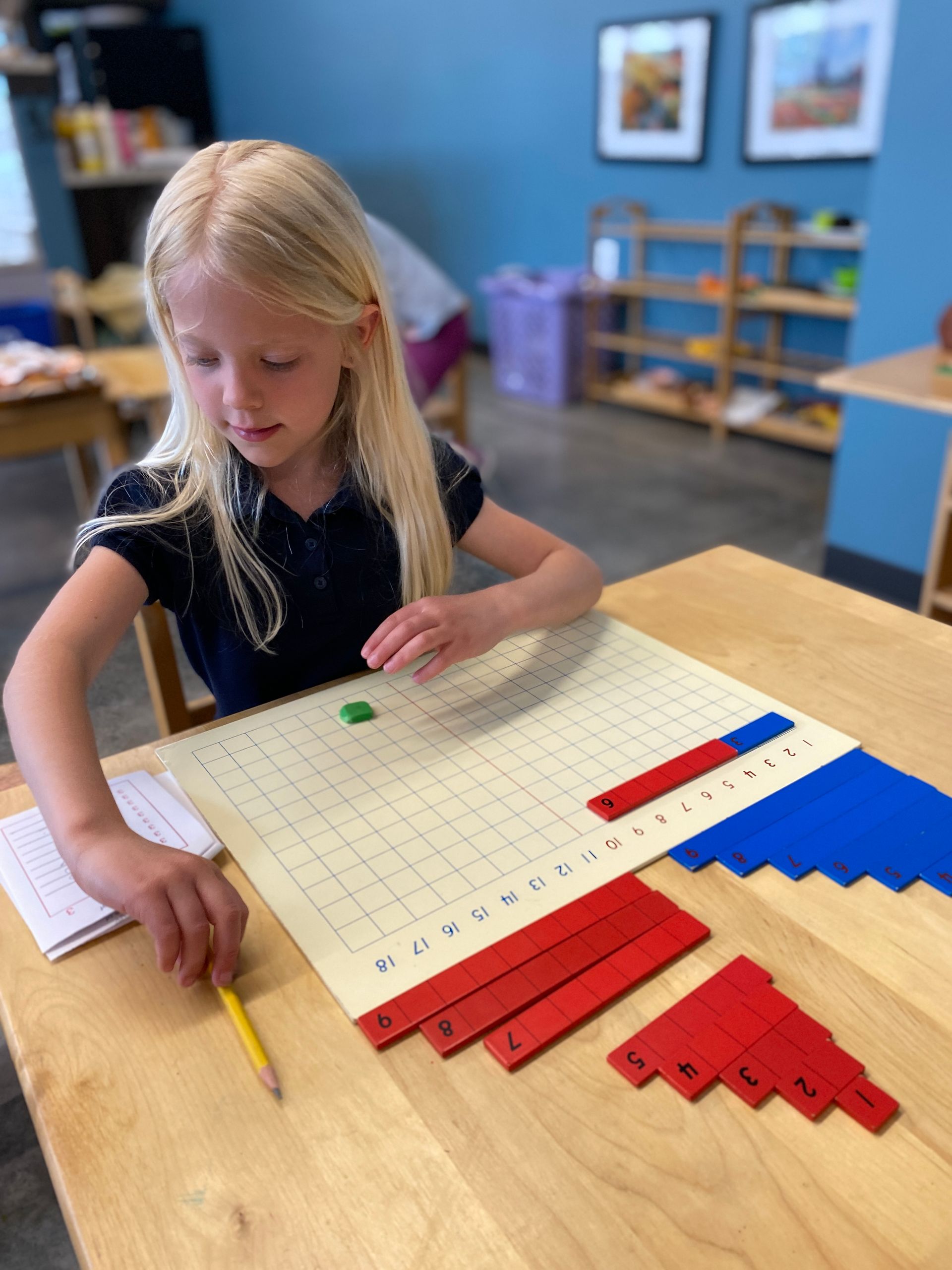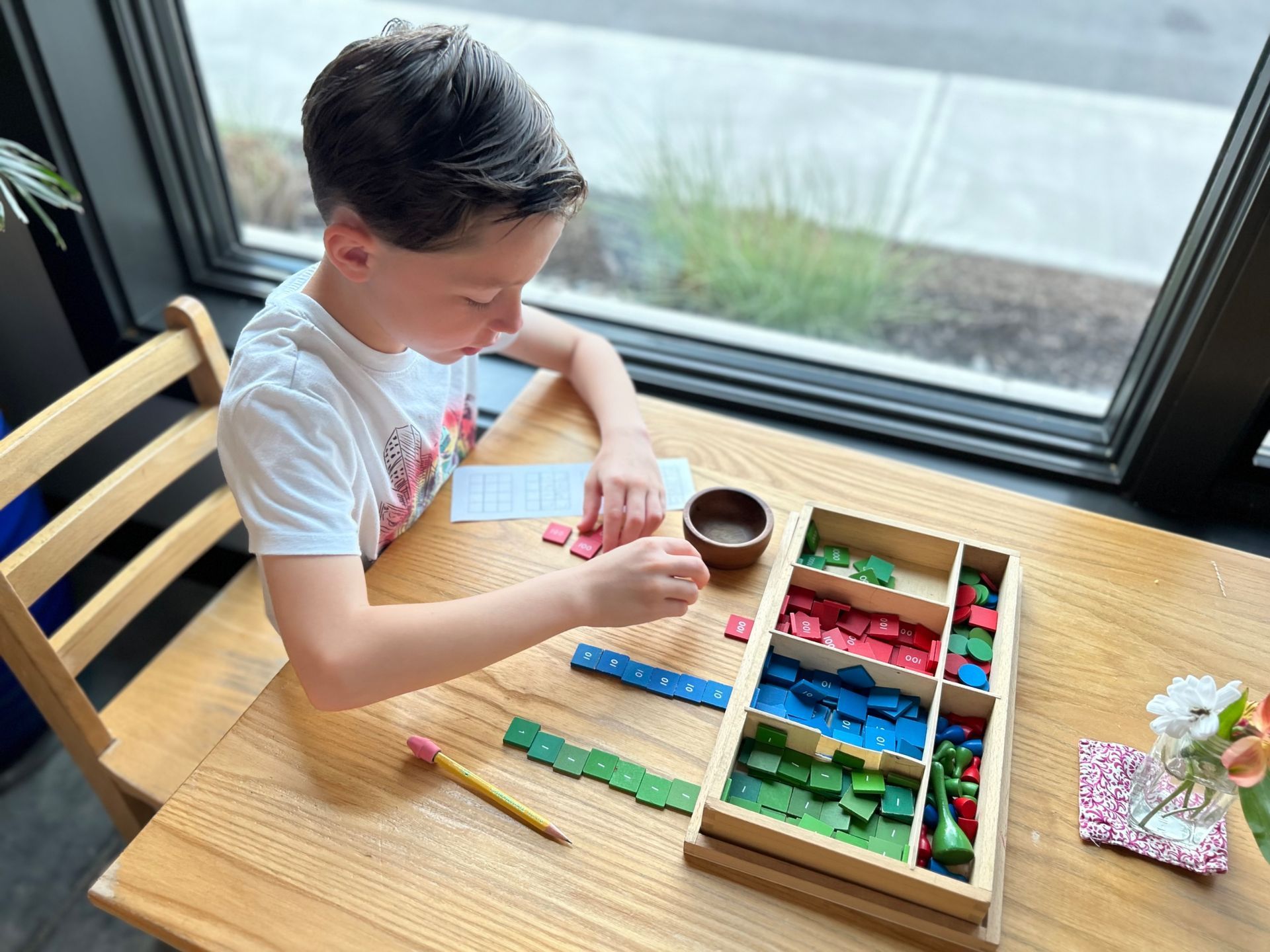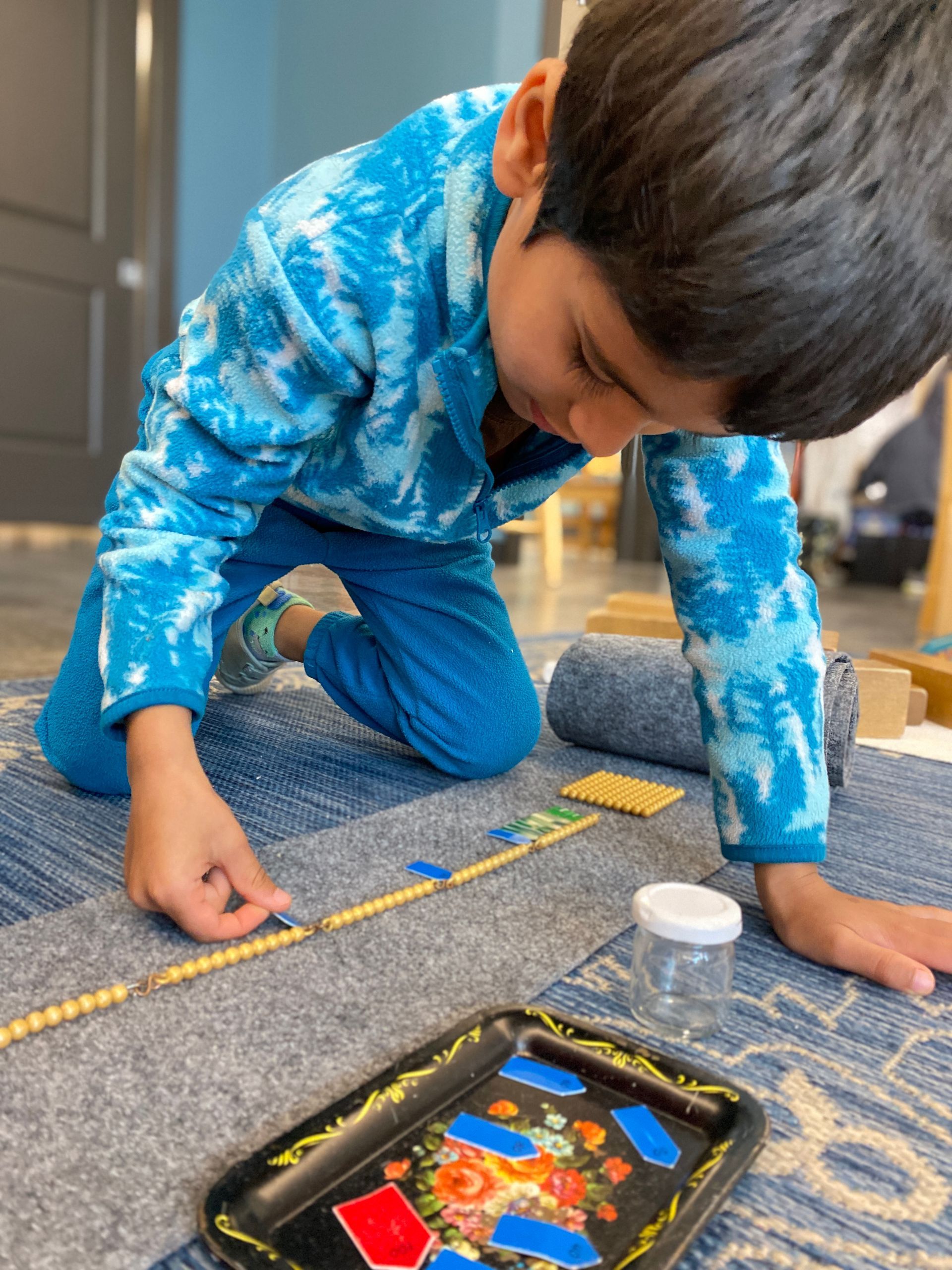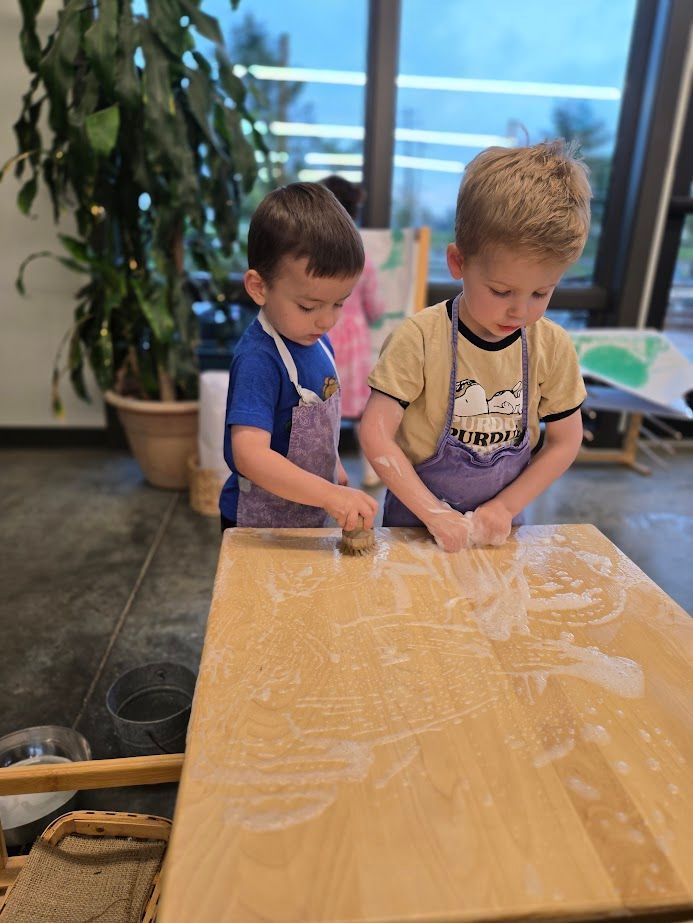“This system in which a child is constantly moving objects with his hands and actively exercising his senses, also takes into account a child's special aptitude for mathematics."
MARIA MONTESSORI
It’s yet another reason why the genius of Dr. Montessori lives on in our classrooms: the impressive Montessori Math Materials. Dr. Montessori believed that everyone possesses a mathematical brain that deserves to be trained and utilized. In our primary classrooms, these materials are not just tools for teaching math; they embody a holistic approach to learning that interweaves various disciplines.
Dr. Montessori recognized that we come into this world predisposed to mathematics, as even the smallest child reaching for objects engages in calculated operations. Many wonder why we introduce mathematics at such an early age, but Dr. Montessori observed that children are naturally curious and motivated when they start asking questions about numbers. By providing concrete materials, we offer them the opportunity to explore fundamental concepts such as the laws of numbers (1-9 and 0) and the four basic operations: addition, subtraction, multiplication, and division.
Over the years, children are indirectly prepared for these math materials, making them even more valuable as learning aids. It is crucial that we, as educators and parents, avoid passing on any preconceived notions or biases about mathematics. For children, math is not a daunting challenge; rather, it is a fun and engaging exploration, something they are inherently inclined to enjoy.
The presentation of Montessori math materials follows a consistent pattern. First, children encounter quantities in a concrete form, allowing them to grasp concepts through tangible experiences. This hands-on interaction sets the stage for the child’s own work with the materials. Once they engage with the physical representations, corresponding written symbols are introduced, followed by opportunities for independent practice. Finally, the concrete materials and written symbols are combined, facilitating a meaningful association between the two. This multi-step process ensures that children are not merely memorizing symbols but are genuinely understanding the underlying mathematical concepts.
To support the development of a strong mathematical mind, Dr. Montessori emphasized several indirect preparations:
- a logical and orderly mind
- concentration
- a memory guided by reason
- practical life skills, sensorial experiences
- control of error
The exercises in Practical Life help children develop coordination, independence of thought, and the ability to concentrate. These activities follow logical sequences and gradually increase in difficulty, allowing children to build their skills progressively. For instance, pouring exercises start simple and advance to more complex challenges, enhancing their calculating skills and accuracy.
Sensorial materials provide concrete experiences that carry their own abstractions, helping children understand differences, similarities, progressions, and relationships. Each material isolates one quality to focus the child's attention and encourage experimentation. Materials like the Red Rods and Pink Tower are designed with mathematical relationships that prepare children for the decimal system. These materials engage multiple senses, facilitating muscular memory and fostering an understanding of dimensions.
The built-in control of error in each material allows children to self-assess their work. When something goes awry, they are prompted to stop, think, reason, and calculate. This encourages inner work and helps develop verification skills as they learn to identify and correct errors, which is a critical aspect of mathematical understanding.
These Montessori materials train your child’s mathematical brain, fostering a love for learning that transcends traditional boundaries. In the Montessori classroom, math becomes a living, dynamic discipline that integrates seamlessly with other areas of study, nurturing well-rounded thinkers equipped for future challenges. Through the combination of practical life skills, sensorial exploration, and direct engagement with math materials, we create a rich learning environment where children can thrive both mathematically and intellectually.

